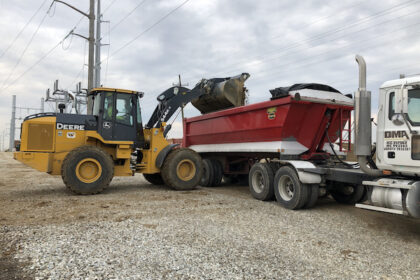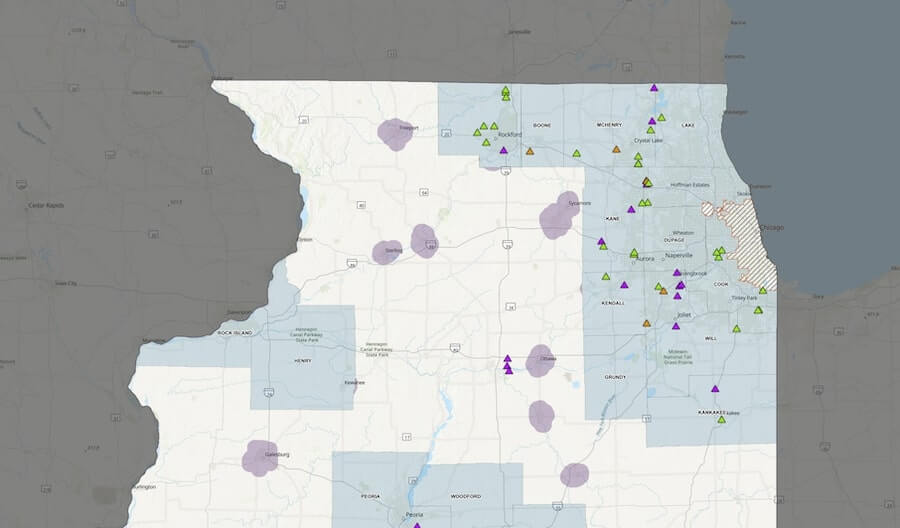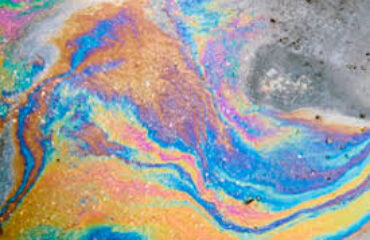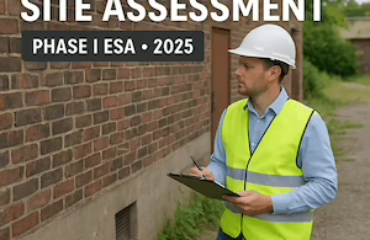
MAC stands for Maximum Allowable Concentration. It refers to the maximum allowable levels of contamination in clean fill (CCDD). CCDD stands for Clean Construction Demolition Debris and is a body of laws from the IEPA (Illinois EPA) that regulate clean fill operations in Illinois. Only the State of Illinois has CCDD regulations so if you’re here from another state, we can’t help you. If your soil testing comes back from the laboratory in excess of any of the MAC values, what you have is not considered “clean fill”.
The MAC Value Table for CCDD (PDF) can be downloaded by clicking here.
If that’s all you need, vaya con dios.
Or, you can stick around as we dig a little deeper into these MAC values.
Super important: Regarding MAC at clean fill operations in Illinois.
There are four different levels of MAC in Illinois. This is done because the City of Chicago is dirtier than the suburbs which is dirtier than the rural areas. There’s lots of reasons for this. My favorite reason is the “Great Chicago Fire of 1871”. Lemme tell you, it wasn’t so great if you lived through it. Amirite? But the fact is, burning that much material and then using it as fill to rebuild the city caused a lot of undesirable things to be in the soil. Burning coal for 200 years for heat, power and light is a concern too. Then there’s 130 years of the automobile and all the burned gas, diesel and oil that comes with that. These substances, once burned become what we in the biz call PNAs. PNA stands for Polynuclear Aromatic Hydrocarbons.
The IEPA doesn’t want soil from higher concentration MAC to wind up in a lower concentration CCDD landfill operation. At best, clean fill should stay in the whatever zone it came from or be transported from zones with lower MAC to higher MAC, but not the other way around.
So what are these four zones?
- Chicago Corporate Limits
- MSA County Limits (MSA – Metropolitan Statistical Area)
- Non-MSA County Limits
- Outside Populated Area
Map of MAC Values in Illinois.
What else do we know about the MAC values?
They are super conservative. I had a conversation with the IEPA guy who wrote the regs. It’s been awhile since I was in chemistry in college but he answered a few questions that I had that you might have too. The regs call for each facility to have the ability to have their own MAC values but apparently nobody does.
What’s up with the pH concern?
Lower pH means the soil is more acidic. Metals become more mobile in lower pH soils as rain water flows through them. He said the pH range the state set covers about 90% of the naturally occurring pH values in the state.
What else should we know about MAC values at CCDD facilities in Illinois?
You should know we’re making an ArcGIS map for you to use as a tool and a reference. I’m going to share it with the IEPA when we’re done and maybe they’ll post it inplace of the one they currently have up there which is from 2012 and completely out of date. Stay tuned and I’ll update this post.
If you need support with Clean Construction Demolition Debris or Uncontaminated Soil Fill, give A3E a call. A3 Environmental Consultants can be reached at (888) 405-1742 or by email at Info@A3E.com.



